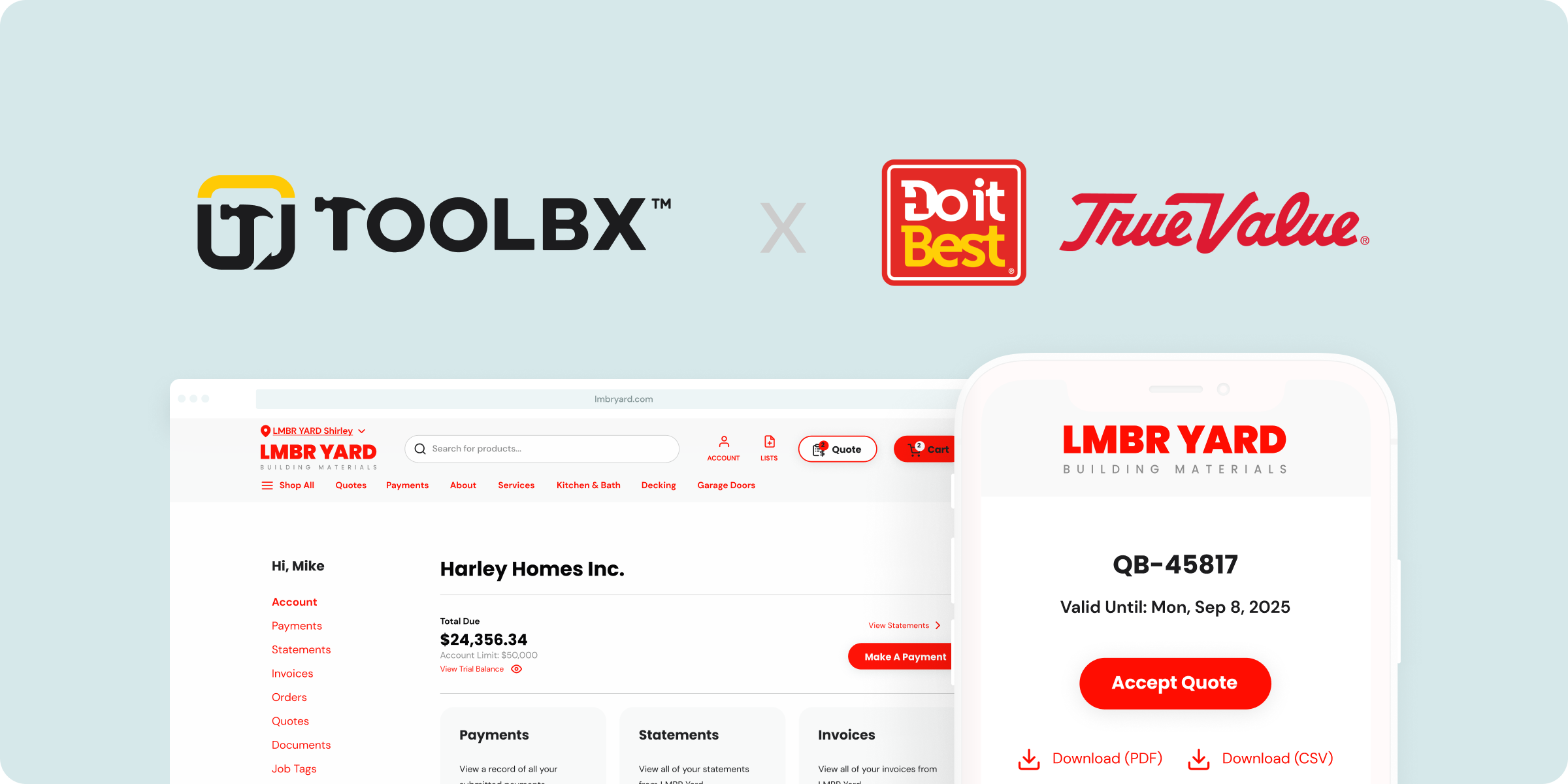The leap from digital designs to physical reality has always been a dance of precision and guesswork. Project managers, armed with rolls of plans and a trusty tape measure have long toiled to translate intricate architectural drawings onto the often unforgiving canvas of the job site. The tried and tested method—kneeling on the ground, stretching tape measures, and snapping chalk lines—while time-honored, is fraught with the risk of human error. Even the steadiest hands can't prevent the inches that slip away.
Contractors often allow a tolerance for error or adjustments by other tradespeople. When the next trade enters the job site, they also tend to give themselves a little 'just in case' space. Those inches accumulate, and before you know it your ceiling is a foot and half lower than it needed to be.
Enter Dusty, the automated field printer for construction layouts from Dusty Robotics. This innovative robot bridges the gap between the digital and the tangible, wheeling around with the swagger of a printer that's broken free from the monotony of the office. Dusty takes the painstakingly created Building Information Modeling (BIM) layouts and brings them to life, tracing the blueprint details directly onto the job site floor with uncanny precision.
With a trail of ink, Dusty lays out the paths for pipes, plumbing, and electrical systems, ensuring every detail of the digital model is replicated in the physical space with an accuracy within 1/16 of an inch. In doing so it’s eliminating the incremental errors that lead to costly schedule delays and budget overruns.
While the sight of excavators and heavy machinery has long since replaced manual shovelling on construction sites, the inner workings of buildings have seen a slower march towards automation. Yet, robots like Dusty herald the dawn of a new era within these walls, setting the foundation for unprecedented precision and efficiency in construction practices.


.svg)
.svg)

.svg)
.svg)
.svg)
.svg)
.svg)




.svg)
%20(1).png)
.svg)



